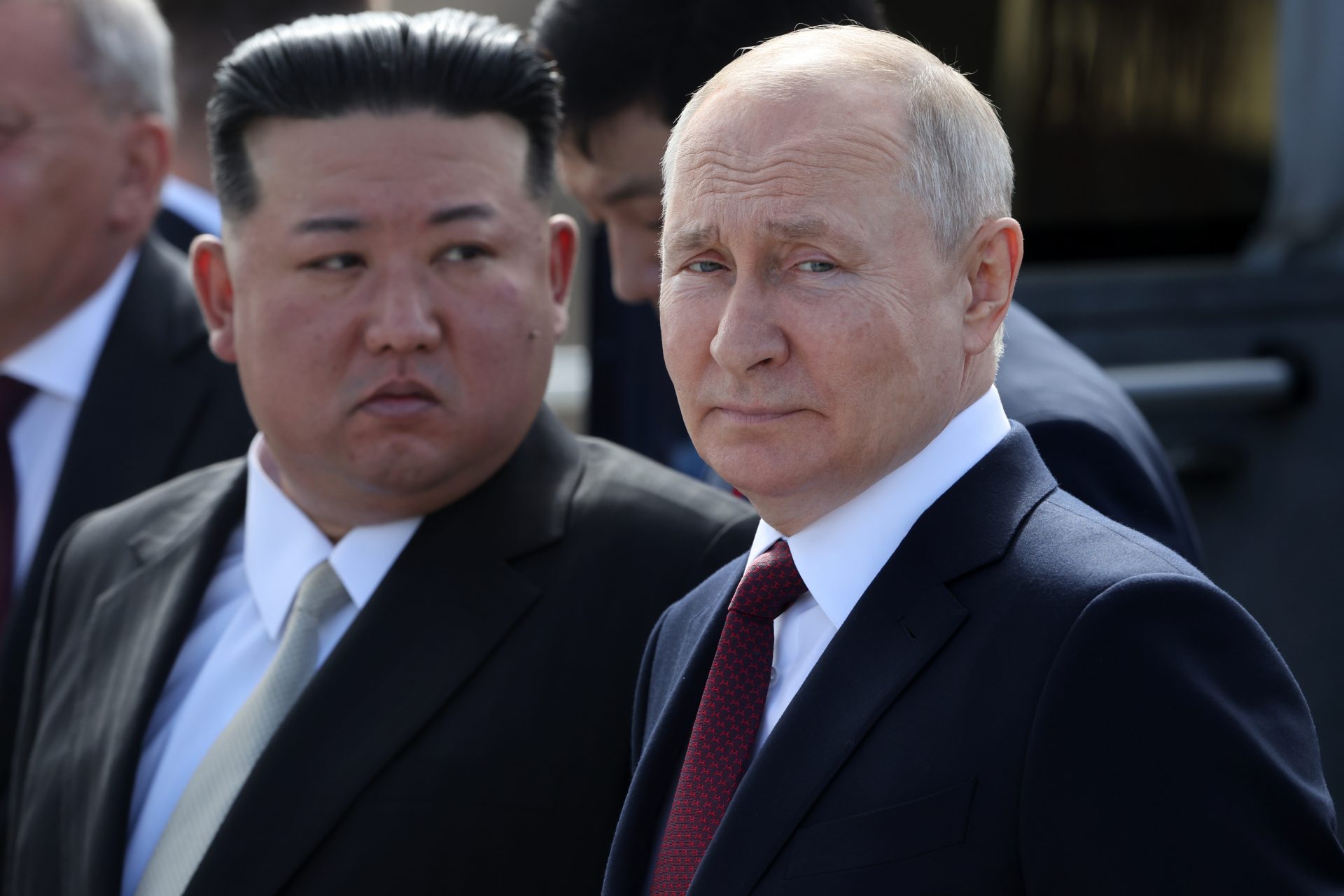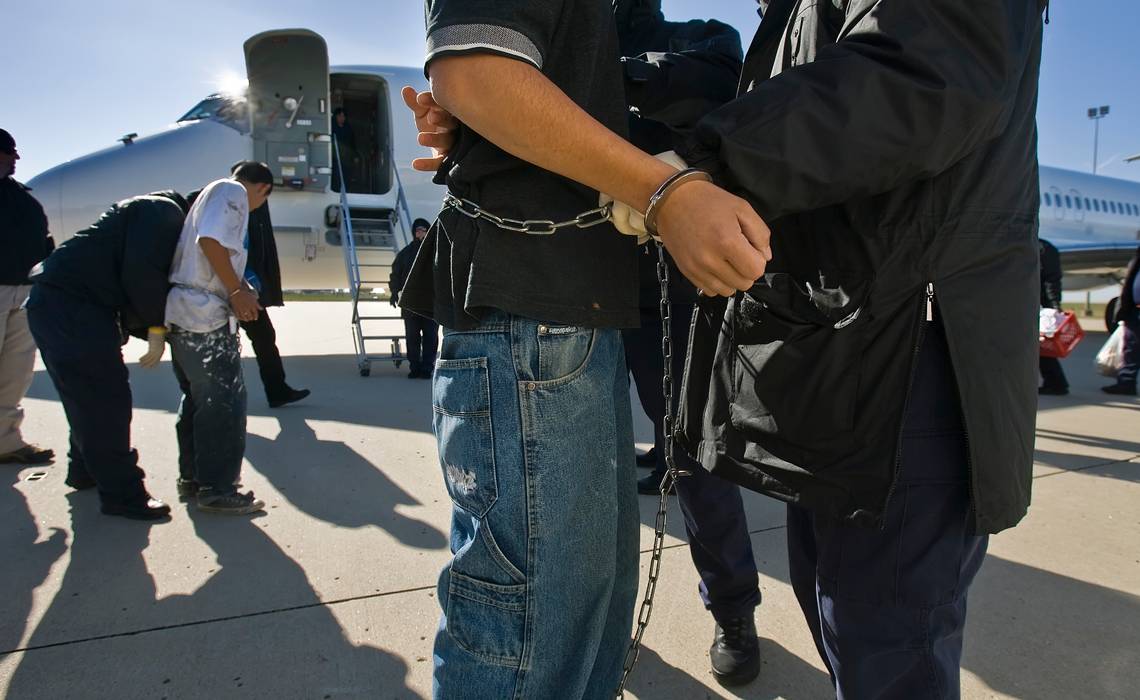Imagining the unthinkable: how a US-Russia nuclear war would play out
Russia, known as a nuclear superpower, frequently finds its President Vladimir Putin emphasizing the nation's formidable nuclear capabilities amid the ongoing invasion of Ukraine.
Putin's warnings brought back old fears about atomic warfare: What cities would be attacked in such a conflict? How many victims? What would a nuclear war look like?
The Princeton University Science & Global Security Program made a simulation in 2019 of how a thermonuclear confrontation between Russia and the United States would unfold.
The scenario would involve many countries in the conflict, mainly those where NATO has military bases.
According to the Princeton simulation, Russia would attack first with approximately 300 nuclear warheads and short-range missiles, striking NATO bases and troops. NATO would respond with around 180 warheads carried by aircraft over Russian objectives. Casualties? 2.6 million in the span of three hours.
Image: Screencap from the Princeton University simulation.
With Europe in ruins, NATO launches 600 warheads from US soil and submarine-based missiles aimed at Russian nuclear forces. Russia counterattacks with missiles launched from silos, submarines, and road-mobile vehicles. This conflict continuation would last only 45 minutes and have a toll of up to 3.4 million victims.
Image: Screencap from the Princeton University simulation.
NATO and Russia, following the scenario elaborated by Princeton University, would launch attacks on important economic and population centers to hamper the other side's recovery. Five to ten nuclear warheads would be used for each city. Thermonuclear warfare would kill 85.3 million people in 45 minutes.
Image: Screencap from the Princeton University simulation.
The study estimates that, in total, a nuclear war would immediately affect 91.5 million people, which would cause 34.1 million deaths and 57.4 million wounded within the first four or five hours.
The landscape after the conflict would be something like that: Hiroshima in 1945, when an atomic bomb dropped by the United States leveled an entire city. Over 800,000 people died and some 70,000 were wounded. Those affected by radiation would raise the death toll over the following years.
The Princeton University simulation started off from the idea that, in a conflict between Russia and the United States, Moscow would strike with nuclear weapons first.
If the United States is the first to start a nuclear strike, the result would be more or less the same. The scenario presented is based on how the NATO defensive strategy is thought out in case of Russian aggression.
There really isn't much that can be done during a nuclear war: Everything is programmed and there's virtually no time to stop Armageddon.
The fragile principle that held together peace during the Cold War between the United States and Russia was Mutual Assured Destruction, also known as MAD. The idea was that no side would dare to push the button since nobody would win.
The phrase is attributed to nuclear scientist John von Neumann, seeing here receiving the Freedom Medal from President Eisenhower in 1956. The German-born scientist translated the idea into mathematic terms as 1 + 1 = 0.
Film buffs might remember The Doomsday Machine from 'Dr. Strangelove', a Soviet supercomputer that would automatically start a nuclear strike in case the US started a nuclear war. A 2009 piece by NPR reveals that such a system was real and that it was still functioning.
A relatively more recent example was the 1983 John Badham movie 'WarGames'. The premise rests on the tension on how to stop a military supercomputer once it has started to run its attack protocol.
'WarGames' spoilers ahead: The supercomputer programmed to start the nuclear war plays tic-tac-toe against itself and figures out that nobody can win a game like that.
However, life isn't a Hollywood movie, especially when it comes to war. When a conflict begins, it's hard to say how it will end. Just look at recent cases in Iraq or Afghanistan.
The threat of the nuclear apocalypse loomed over the 1980s. Is the world regressing to this scenario? Will humanity go from a global pandemic to a new world war?
Right now, nuclear war is just a hypothetical scenario run by Princeton University. Let's hope it doesn't ever become reality.
Never miss a story! Click here to follow The Daily Digest.
More for you
Top Stories

































